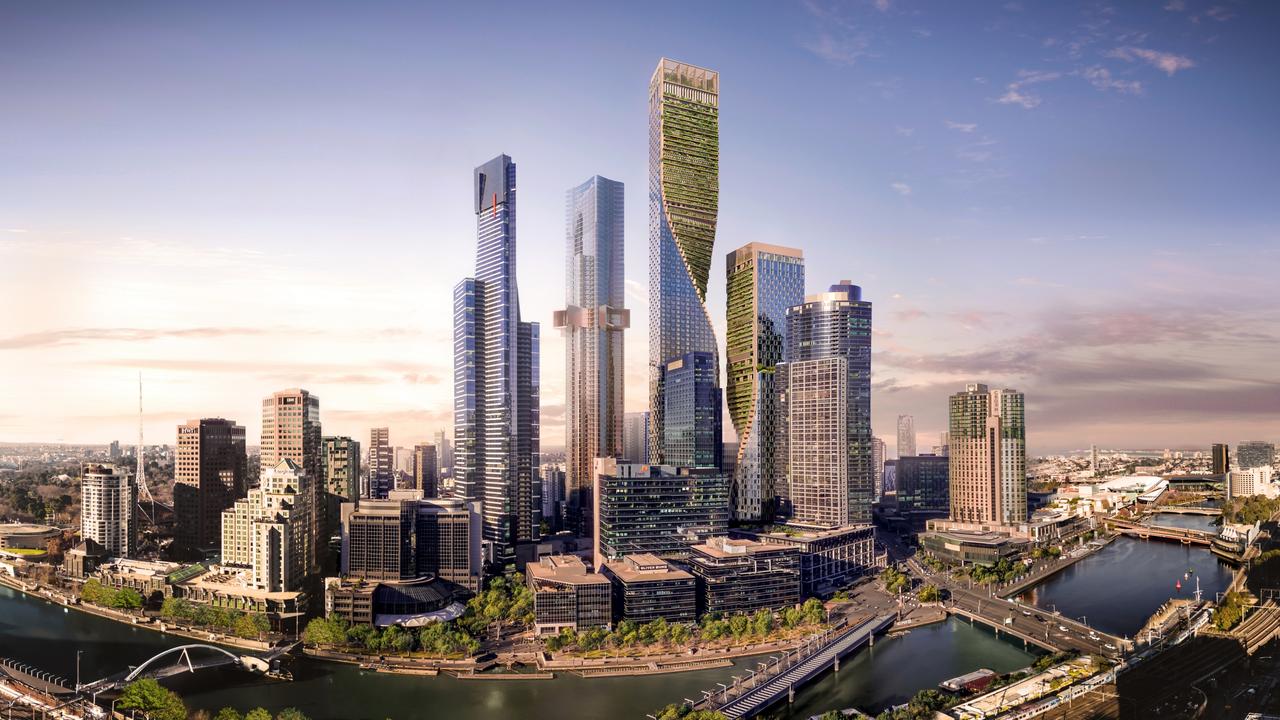Behind NBN’s ‘black box’ edge to hit green targets
NBN boss Stephen Rue wants all its energy consumption to come from renewable sources in just over two years, and the black box in 10m homes holds the key.
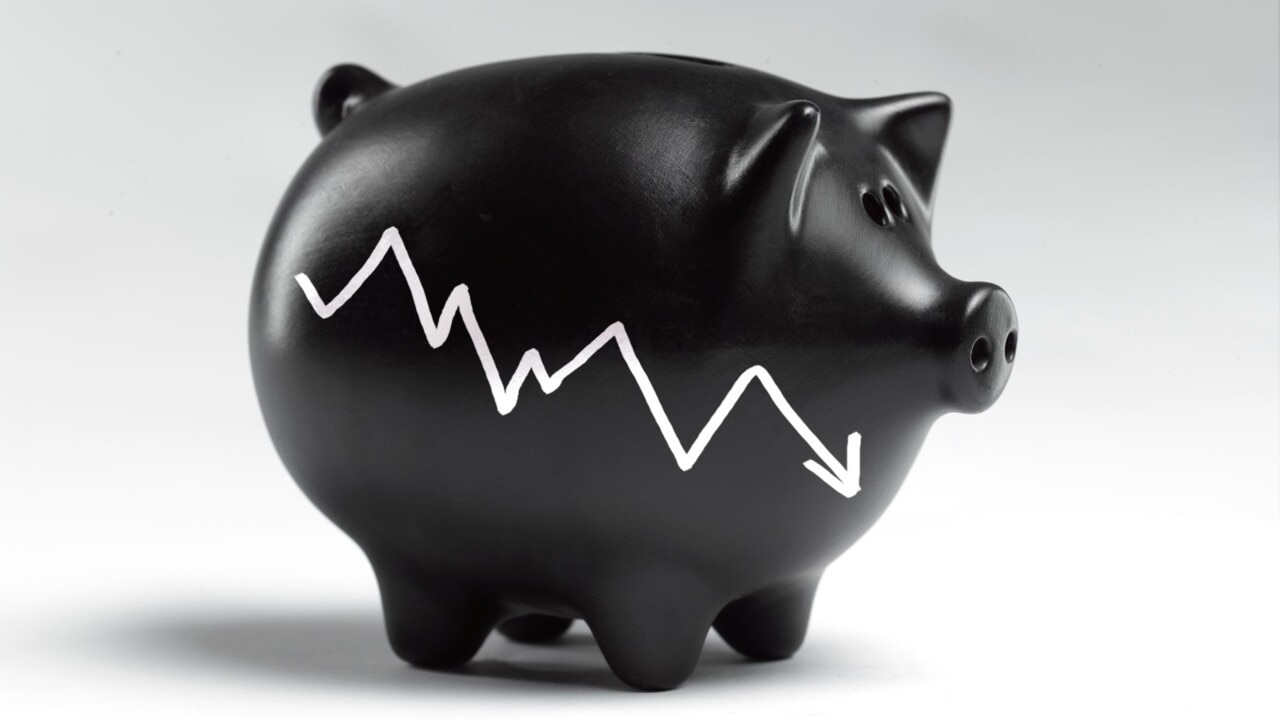
Business
Don't miss out on the headlines from Business. Followed categories will be added to My News.
NBN Co chief executive Stephen Rue has challenged his top engineers to keep the national broadband network running smoothly in the face of increasing frequency of flash flooding and wildfires as he elevates climate change as a material risk to the business.
As part of this the network that now has more than 8.5m homes and businesses connected, is unpacking its own carbon footprint to put NBN Co on track to hit Canberra’s target of a 43 per cent emissions reduction by the end of the decade. NBN also has a net zero target in place by 2050 or sooner.
Rue outlined to NBN staff this week ambitious settings for the broadband network including slashing Scope 1 and Scope 2 carbon emissions by 95 per cent by the end of the decade.
Scope 1 covers direct emissions generated from the vehicle fleet and NBN’s back-up diesel generators. Scope 2 is emissions from energy sources, so covers all the electricity purchased to power the NBN network.
NBN is one of Australia’s top 60 electricity users so the move is significant. It has in place plans to have 100 per cent of its energy consumption coming from renewable sources in just over two years. Nearly a quarter of this will come from a giant solar farm it is underwriting near Wyalong, NSW.

Among the biggest changes will be in the way NBN plans to tackle Scope 3 emissions – that is the emissions produced by its millions of customers.
A review found the area that NBN has the most control over is the always-on “black box” in people’s homes and businesses that connects them into the broadband network.
Rue expects that as the boxes are progressively replaced over coming years he can reduce greenhouse emissions by 60 per cent per device by 2030 from their current use.
Over what is expected to be more than 10 million homes connected to the network in the next few years every little bit adds up. Customers too should see a benefit as more efficient devices help with their own energy bills.
One of the tailwinds NBN has in hitting green targets is that fibre is more energy efficient than the old copper wire ADSL network. Fibre is also more resilient to weather-related impacts.
In addition Rue has told staff that 80 per cent of NBN’s suppliers by spend – covering areas from transport, distribution and even network supplies – need to have science-based targets in place by 2027.
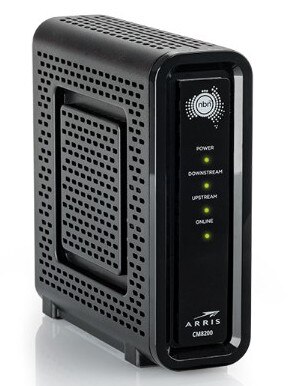
Rue says NBN is part of Australia’s digital backbone, which means it needs to be a network that is climate-resilient as well as resource-efficient.
“By embedding sustainability in all our activities, we aim to deliver on our purpose to lift the digital capability of Australia, while also enabling long-term social, economic and environmental value for customers, communities and partners,” he says.
Last year NBN conducted its first climate change risk assessment looking at how the operator would be affected by climate-related impacts and the financial cost of replacing parts of the network hit by natural disasters.
Green finance
The moves will also make a big difference to NBN’s sizeable funding costs. In March the network became the first Australian government enterprise to issue a green bond, raising $2.1bn across two tranches from investors in Europe. The issue was oversubscribed and came in the backdrop of global money markets being on edge given the collapse of US lender Silicon Valley Bank.
For NBN the green issue opened up a whole new basket of top tier debt investors including sovereign wealth funds, central banks and European pension funds. The more and diverse funding sources a company has all helps in lowering the cost of financing. NBN raises over $13bn annually from offshore investors and on the current schedule it will need to raise $4bn over the next few weeks – although the bulk of that will come from local investors such as super funds.
This week NBN Co’s group treasurer Fiona Trigona was in Tokyo for a roadshow with the network now eyeing that market for a potential follow-on for a green bond issue down the track.
Japan is still a more cautious investor base when it comes to green bonds, but Trigona says the bulk of the roadshow was to introduce the NBN story to the Japanese market for a possible “use of proceeds” issue that is dedicated to financing specific green projects. The visit was also designed to get potential investors comfortable with NBN’s government-backed ownership structure.
Trigona says many investors in Tokyo haven’t considered NBN as an investment proposition and part of the process is opening up new doors.
“As we know Japan is such a critical (funding) market. We wanted to explain to them that we are a broadband infrastructure company and our very strong social purpose of establishing and providing access to high speed broadband to all Australians,” she says.
Inflation insurance
The nation’s biggest home and car insurer admits it was caught on the backfoot last year as inflation spiked to double digit levels. IAG was looking at inflation running up to 10 per cent but it started coming in as much as 16 per cent. The insurance giant represents one of the biggest buyers of repair work across homes and cars so it too feels it when prices go up.
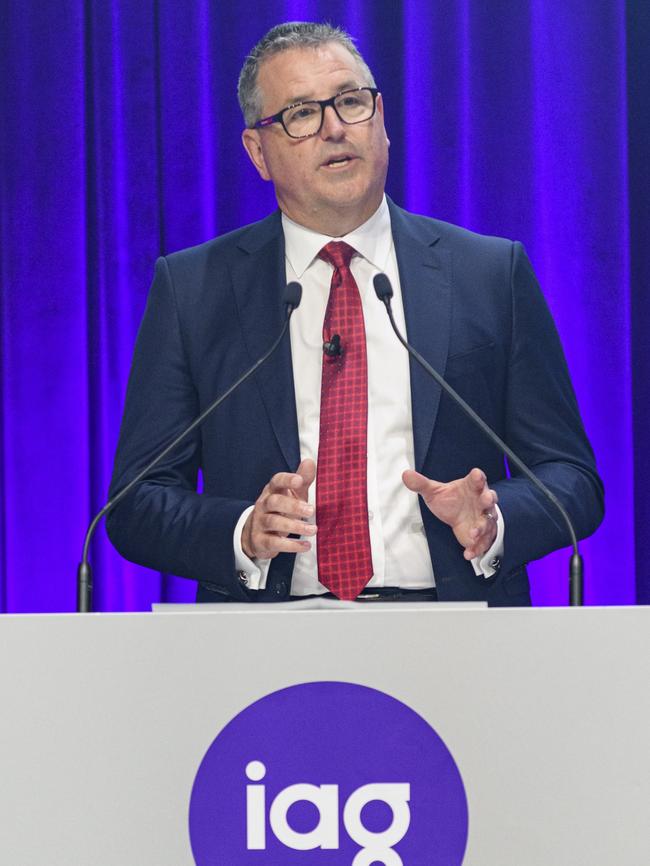
IAG chief executive Nick Hawkins is now starting to see inflation easing in parts, which is consistent with the reopening of global supply chains. The availability of car parts and new car stock has eased pricing pressure across the motor vehicle claims sharply. Although property claims inflation remains stubbornly high given housing repairs rely on more labour input costs.
The bad news for homeowners is that a dramatic jump in global reinsurance costs means that premium increases are now starting to be pushed through IAG’s book at an annualised rate between 15 and 20 per cent, while motor premium increases are running between 10 and 14 per cent. There is little visibility in terms of longer-term reinsurance moves where pricing remains volatile. A string of natural disasters in recent years means Australia and New Zealand have been hit with higher reinsurance premiums. IAG has been hit with nine major peril events since March last year.
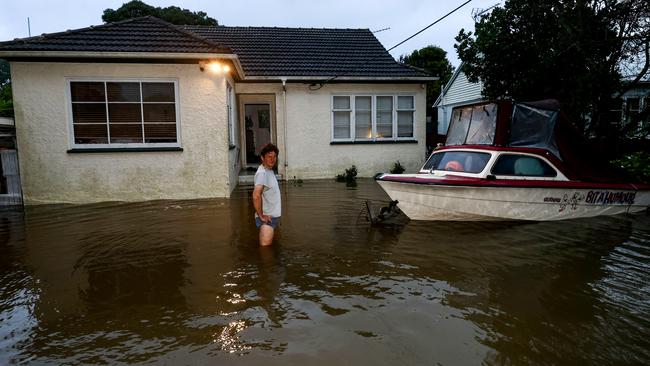
At an investor briefing Hawkins set out plans to boost direct insurance customer numbers across Australia and NZ by 1 million.
Much of this will come from Australia, which includes the rollout of the NRMA brand in Western Australia and South Australia – two states where IAG has been relatively underweight. Hawkins also expects to drive the claims portfolio harder to generate $400m in savings by 2026, including using more automation, squeezing suppliers harder, and a single insurance platform across Australia and New Zealand.
Currently IAG generates $6.6bn in annual insurance sales from just over 5 million customers across brands NRMA, RACV and recently launched discount brand Rollin’.
Hawkins also outlined a set of goals including boosting a return on equity target over the medium term. At the same time he stuck to IAG’s short-term target of 10 per cent growth in premiums this year, which means price rises he is pushing through to customers are largely sticking without losing business.
johnstone@theaustralian.com.au
More Coverage
Originally published as Behind NBN’s ‘black box’ edge to hit green targets




